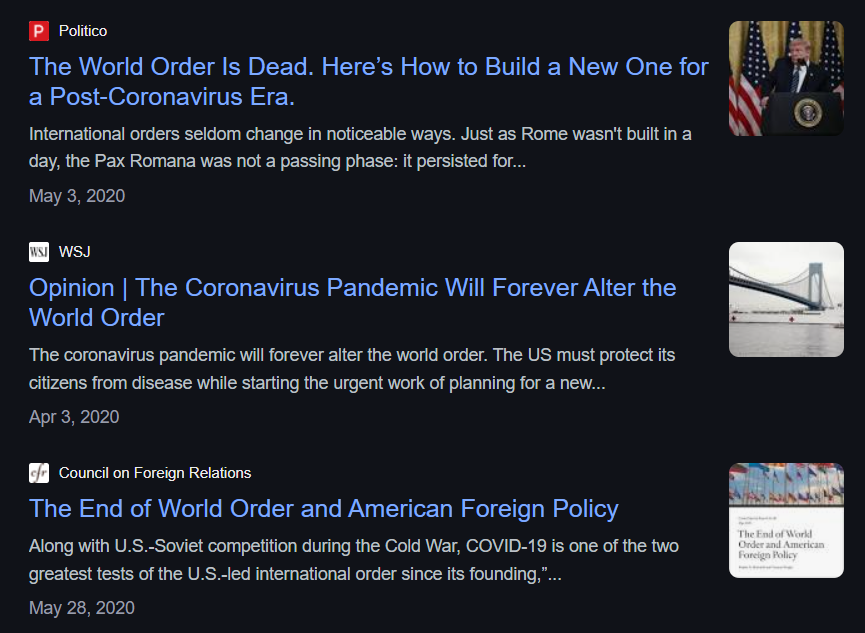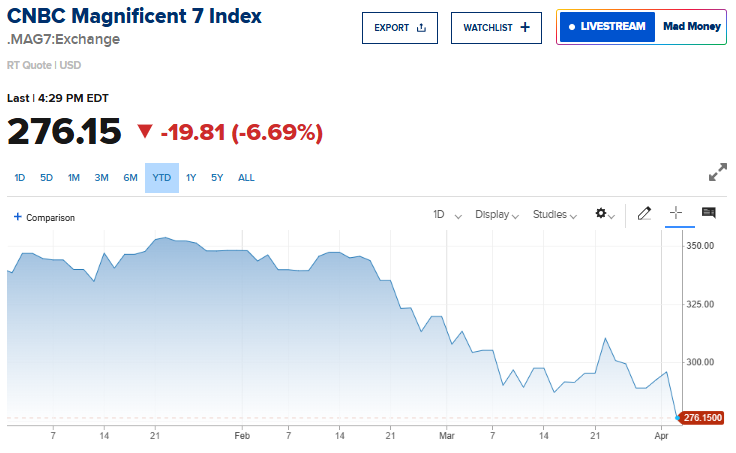Trade Alert: An Immune-oncology Name (And Reversing NKLA Gears)
Two trades to tell you about. First up is a new small cap biotech name, so don’t all go crazy plowing into all at once. We’ve seen this happen before when I send out a Trade Alert on a name like this and they almost always come back down towards the levels at which I sent out the Trade Alert, so don’t feel like you have to all build up a full position in this name all at once.
Secondly, I covered my short in NKLA into today’s panicky action that has taken the stock down to the $10 level where it came public at. Not only have I covered the short, but I’ve actually nibbled on a few call options in NKLA dated out to January, with strike prices that are maybe 30-40% out of the money. The risk/reward in the stock has probably shifted to the bulls as the company might actually deliver a few trucks this year which would, at this point, shock the market, I do believe. Not a big position, but I thought I’d mention it.
My long time advisor in biotech investing, Paul Boni, helped me with this new INFI idea and the report below.
INFI
Summary
I’ve started buying a smallish position in my personal account and in the hedge fund in Infiniti (INFI), which is developing a new drug in the exciting new immune-oncology space which has blockbuster potential. So far, the company has Phase II clinical data which show their drug increases survival in cancer patients, and strong activity in multiple tumor types. If successful, their product will most likely be used in combination with the breakthrough checkpoint inhibitor compounds, a class that is currently worth over $20B in annual revenues. Comparable companies have sold to big pharma for multi-billion price tags, but INFI is trading around a $200 million market cap at $2.50ish here as I write this. Data last week have convinced us to step up and make this a BUY. Though the stock has been strong for the last few days, it is important to note that the price is actually BELOW what it was before it put out incredibly compelling new clinical data – apparently due to some confusion about the value of the data.
Background
Most cancer treatments fall into one of two buckets. The first is to directly target and kill cancer cells, which is the basis for chemotherapy that has been used for decades. Of course, chemotherapy is notoriously toxic, and tumors often recur when some cells manage to evade it. [LONGER VERSION: There are two major problems with this approach: 1) Cancer cells are human cells, just somehow out of whack, this means that they share a lot of the machinery of normal human cells. A lot of what is toxic to cancer cells is also toxic to normal cells. This is why chemotherapy is so incredibly toxic – and doctors often seek to use as much chemotherapy as possible to kill the tumor without killing the patient. 2) Cancer cells, by their nature, often mutate quickly. This is how they got out of whack in the first place. A chemotherapy approach might seem to work, but often a few mutated cells will be immune to its effects, and over time they can grow back and the cancer recurs. The more advanced the tumor is, the more likely there are mutations which escape the treatment – which is one reason early treatment is more effective than late treatment.] Other targeted approaches to cancer treatment have been developed, focusing on factors which exist in the tumor but not in normal cells, but the fundamental problems of this approach persist – toxicity and recurrence.
Another approach to cancer treatment is a bit of Jiu Jitsu – using the tumors strength and turning it into a weakness. The fact is, your immune system is very good at identifying bad things in your body and eliminating them – including human cells that have gone rogue (i.e. cancer cells). When a cancer takes hold, however, it has somehow developed a way to evade the immune system. Scientists for years have been trying to figure out ways tumors do this, and to train the immune system to once again find tumor cells and eliminate them. This approach could reduce toxicity – since the immune system would be specifically targeting the tumor cells, and also lower the chance of recurrence – since the immune system would be able to hunt down all the tumor cells, and would set up long-term surveillance to eliminate any new emergence.
This second approach is called immuno-oncology (I/O) and in recent years has led to major breakthroughs in the treatment of cancer. Some of the biggest-selling drugs in the pharmaceutical industry today are based on a mechanism called “checkpoint inhibitors” – such as Bristol Myer’s Optivo and Merck’s Keytruda – with sales for the category at over $20 Billion/year. Checkpoints such as PD-L1 are part of the body’s normal mechanism to downregulate your immune system (useful, for instance, after the body fights off an infection and can redirect resources away from a ramped-up immune response). More specifically, PD-L1 downregulates T cells, an important class of immune cells. By hijacking this mechanism, tumor cells are able to avoid destruction by the immune system. Checkpoint inhibitors turn off this evasive mechanism and help the immune system fight off the tumor.
Though checkpoint inhibitors are important new tools to fight cancer, they are not perfect. It turns out, there is more than one trick tumors use to evade the immune system, so targeting this one alone is not a magic bullet. Among their shortcomings, checkpoint inhibitors only work in patients whose tumors have elevated PD-L1 levels.
Inifiti’s Approach
Enter Infiniti. Infiniti has their own approach to I/O which is different and potentially complementary to checkpoint inhibitors. Their lead drug candidate, Eganelisib, works with macrophages – which play a role in how tumors can evade the immune system. Macrophages also have “activated” and “deactivated” states, and the de-activated state can downregulate T cells and protect tumors. A useful analogy is that T cells are soldiers storming the castle (the castle being the tumor). Checkpoint inhibitors give you more and better soldiers, but it turns out macrophages in a deactivated state can act as a moat around the castle and slow down the T cells. Eganelisib shifts macrophages to an active state, draining the moat and letting the T cells to do their job better.
Recent data show the promise of this approach. Last week, in a corporate update, the company released new data from two ongoing Phase II studies of Eganelisib. Earlier data from these studies were very promising, but came from a relatively small numbers of patients, and relatively short follow-up periods. Earlier data showed that patients had better “response rates” on Eganelisib than patients in the study who did not receive Eganelisib. Response rates being a proxy for how the tumor is growing or shrinking. Investors took a “wait and see” attitude to these data, presumably waiting to see how the drug works on survival, which is the more important metric. With more patients and longer follow-up, the new data now show survival benefit. Data from a study in urothelial cancer (UC) were most impressive – nearly doubling the overall survival of patients with a median overall survival of 15.4 months vs 7.9 months for patients receiving Optivo alone. Infiniti also updated data in triple negative breast cancer (TNBC). The data here are harder to interpret, as there was no control arm in the studies (not unusual for this stage), but longer-term follow-up continue to show robust response rates (84% of patients showed disease control), and patients with high PD-L1 had median progression free survival of 11.2 months compared to 7.5 months in a benchmark study (i.e. a different trial with a similar design except not using Eganelisib).
These data are a big step towards approval and launch of the Eganelisib as a new drug, and should be commanding the attention of big players in the oncology market. From a market point of view, what is particularly exciting is that Eganelisib not only promises to improve outcomes in patients on checkpoint inhibitors, but it shows bigger improvements in patients who are PD-L1 negative, where checkpoint inhibitors alone are not effective. Since a majority of patients are PD-L1 negative, this represents a major expansion opportunity for the checkpoint inhibitors and could more than double the potential market for these already significant products. In other words, Eganelisib could add another $20 billion in sales to the existing checkpoint inhibitors, in addition to its own revenues. The potential value to the big players here is enormous.
Infiniti has a long history. In 2013 they had a major setback with their cancer program – a precursor product to Eganelisib. Since then, Infiniti has been off-the-radar, but making slow and steady progress with Eganelisib. While bears may see the earlier failure as a stain on the company, we feel that this is how biotechnology and drug development works and Eganelisib should be measured on the merits of its own data, not the past setbacks of the company.
Of course, an early stage biotechnology story carries a lot of risk. Bears will focus on the fact that the dataset for Eganelisib is still small-ish, and short-ish. They might also complain that the TNBC study presented last week relied on a historical benchmark comparison rather than a control arm. There are all valid points, but every drug in development has to start somewhere, and the data so far point to success. We see the glass as half-full not half-empty, especially with a company that we believe would be worth 10x or more if some of these unknowns come out in Infiniti’s favor.
So in sum, I remain cautious overall but opportunistic too, as always. And thusly, I have started buying some INFI for an investment. I covered my NKLA short. I bought some NKLA call options for a trade into year-end.



